The Canadian Pediatric Society recommends that 3–9-year-olds have at least 60 minutes of moderate to vigorous activity each day. Physical activity can include free play, games, sports, transportation (walking, cycling) recreation, and physical education.
What are gross motor skills?
Gross motor skills/activities are described as movements of the large muscles of the legs, arms, and torso. Gross motor skills are used for all sorts of physical activities from throwing a ball to riding a bike.
Gross motor skills involve the coordination of muscles and the neurological system. They impact balance and coordination. Children rely on these skills to perform everyday functions at home, at school, and in play environments. Gross motor skills also form the basis for self-care skills like dressing, eating, and brushing teeth.
At school specifically, gross motor skills also affect functions like walking down bus steps, sitting upright for prolonged table-top activities, carrying a backpack, or navigating busy classroom environments.
How can we support children develop their gross motor skills, endurance, and reach the daily recommended amount of activity? Through Play!
Fancy equipment or specialized rooms are not needed to promote these skills. Keep it simple, be creative and let the child’s imagination guide you.
The parent-child bond that strengthens during “play” moments reinforces essential social skills such as sharing, cooperation, and healthy competition. Physical play also enhances perceptual-motor skills, language skills, attention span, and emotional development. It improves circulation, helps maintain muscle tone and posture, and helps fight obesity.
Here are some ideas to get you started:
- Environment:
- Inside: Whether your home is big or small, there is always room for gross motor play.
- Set up an obstacle course with couch cushions, pillows, and masking tape.
- Play ‘the floor is lava’ with cushions and carpets.
- Complete animal walks (e.g. bear crawl, frog jump, or penguin walk).
- Outside: Our changing seasons provide a variety of outdoor activities.
- Jump over or walk along sidewalk cracks and curbs.
- Jump into a puddle, run up a grassy slope and roll down, and make snow angels.
- Go on a scavenger hunt with nature items.
- Collect rocks and sticks to build a pretend construction site or use the items to create an obstacle course.
- Pull or push a wagon or toboggan.
- Inside: Whether your home is big or small, there is always room for gross motor play.
- Body positioning: Transform any activity with a change of body position.
- Tummy time. Drawing, puzzles, stickers, playing with play dough, waving, or play with cars can all be done while lying on your tummy.
- Tall or half kneeling. Play at a low table in kneeling or try walking on your knees.
- Side-siting: This is a great alternative to sitting crisscross as it challenges core strength and works on increasing range of motion in your joints. Try to read a short story or roll/throw a ball while in side-sitting.
- Squatting: This is the ultimate play position that helps maintain flexibility and strength! Place toys on the ground to encourage squatting (e.g. place paper on table and scatter markers on the ground). Or try squatting to build a tower with blocks or Tupperware containers.
- On all fours: Crawl around, try to balance a toy or stuffed animal on your back without letting it fall, or pretend to be an animal.
- Lying on your back. Pretend you’re a beetle and can’t get up.
- Sit on an unstable surface: Stack couch cushions and see who can keep their balance the longest. Can you also lie on the stack of cushions and pretend to skydive without falling?
Quick tips:
- Gross motor play is a great opportunity to practice new vocabulary, using a strong voice, and deep breathing: “I’m brave like a lion”, “I’m strong like a tree”, “Let’s howl like a wolf”, “What sound does a monkey make?”.
- Think outside of the box (or just use a box!): An empty kitchen towel roll could be used as a telescope, a tunnel to drive a car through, a ramp to roll a small ball through, a pretend megaphone, or an art project that can be decorated while kneeling at a low table. An empty tissue box or two could be used as skates, building blocks, or to balance atop of your head.
- Get on their level: Get on the ground with your child(ren), mirror their play position or challenge them to a new game.
- Follow their lead and build off their ideas: For example, you observe your child(ren) building a tower and knocking it down. Make a loud crashing noise and suggest building a new tower in a different part of the room and change it up. “Should we build a big or small tower? Should we build fast, or slow?” .
- Be silly: Most importantly, have fun! If you are having fun, smiling and laughing, your child(ren) can’t help but join.
- Get creative and see what you and your family can come up with. Tag @renfreweducationalservice to share your wonderful ideas with us.
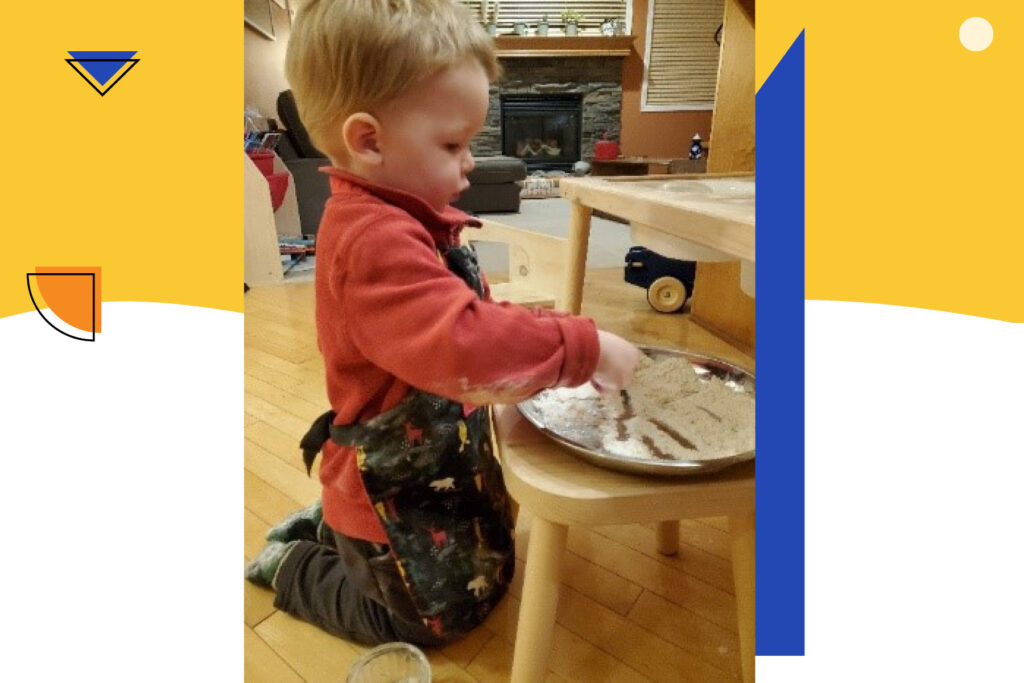
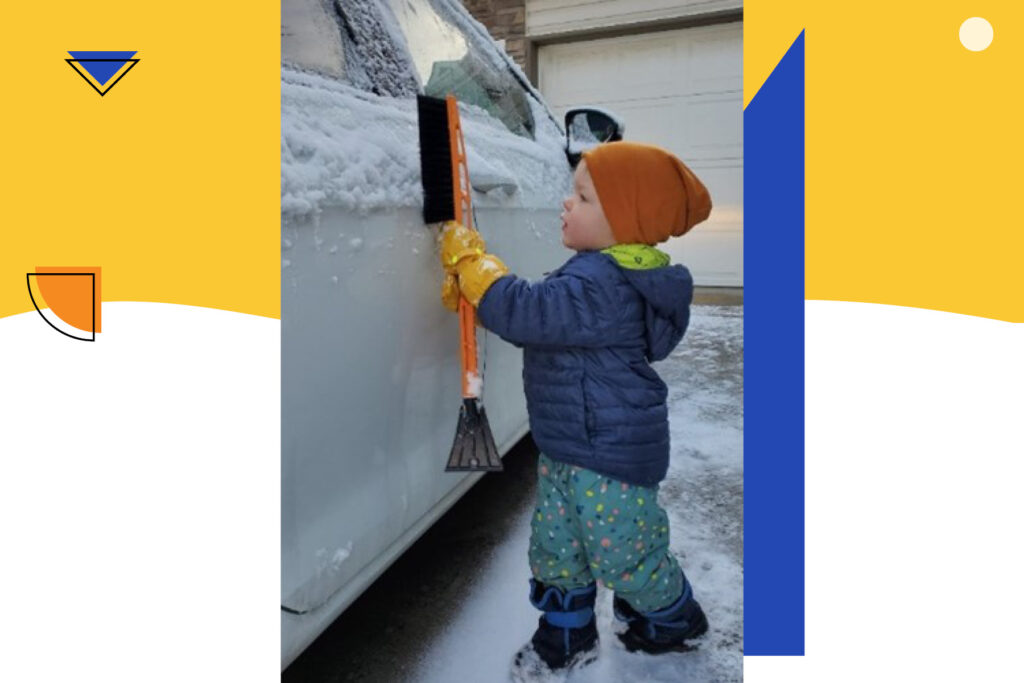
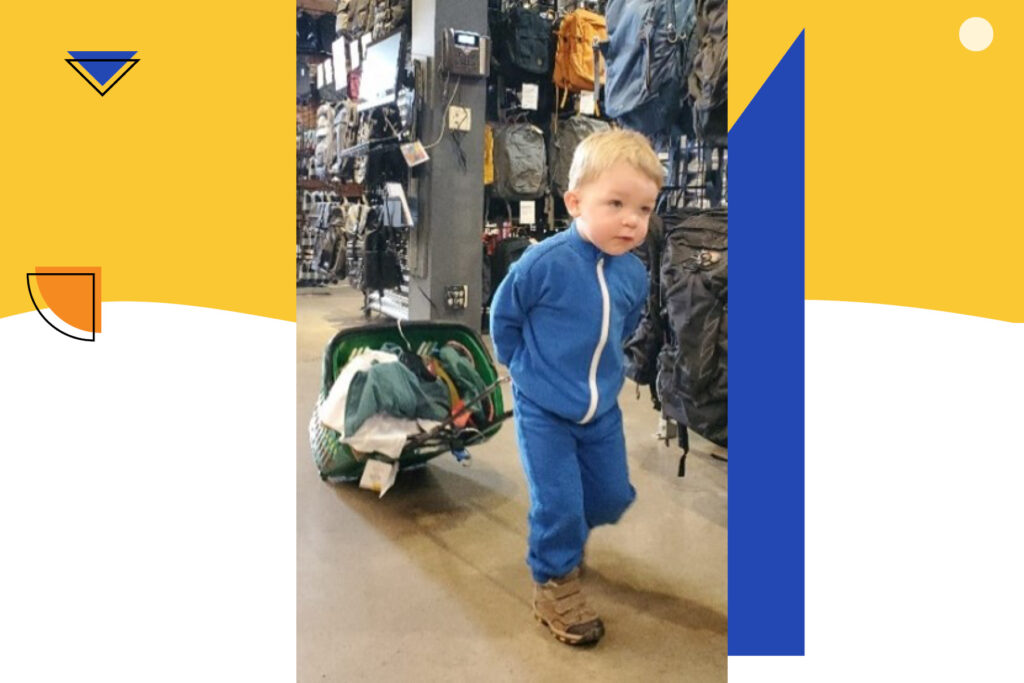
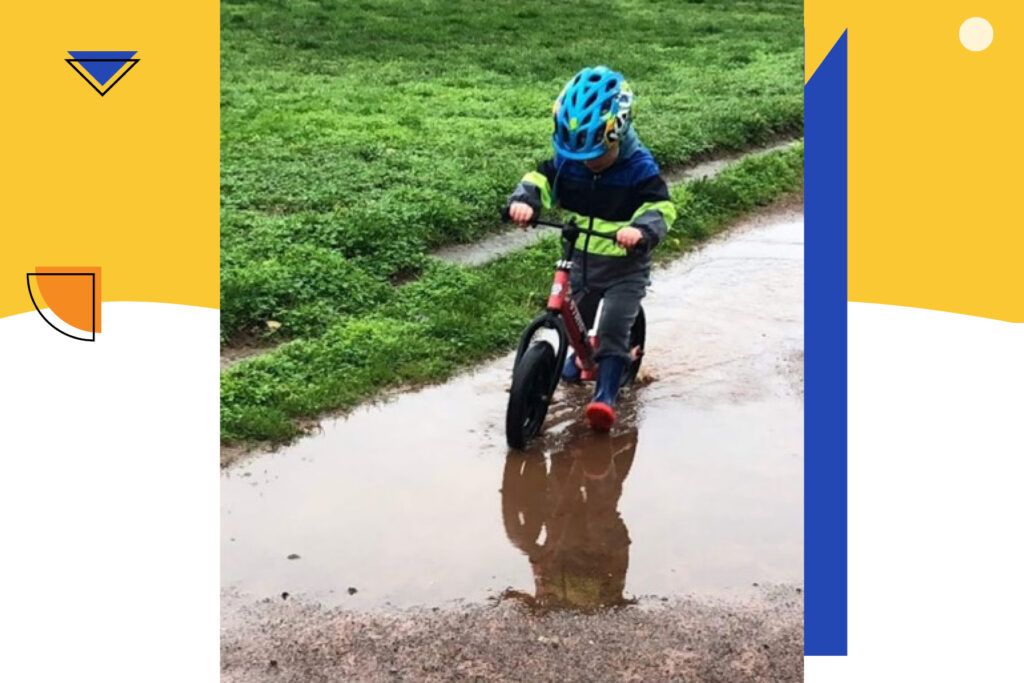
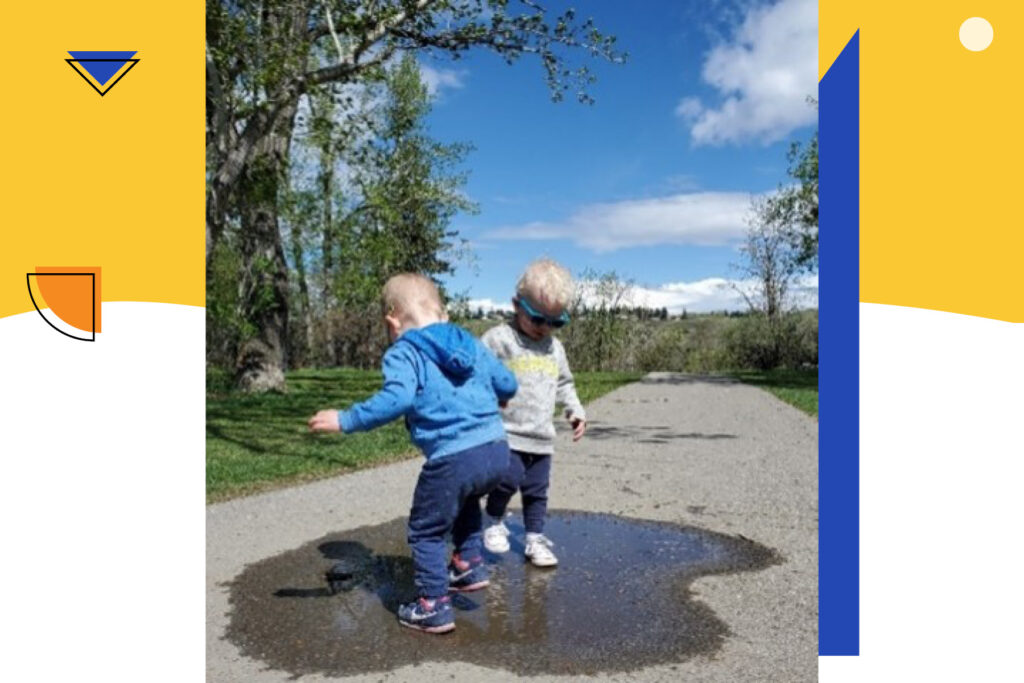
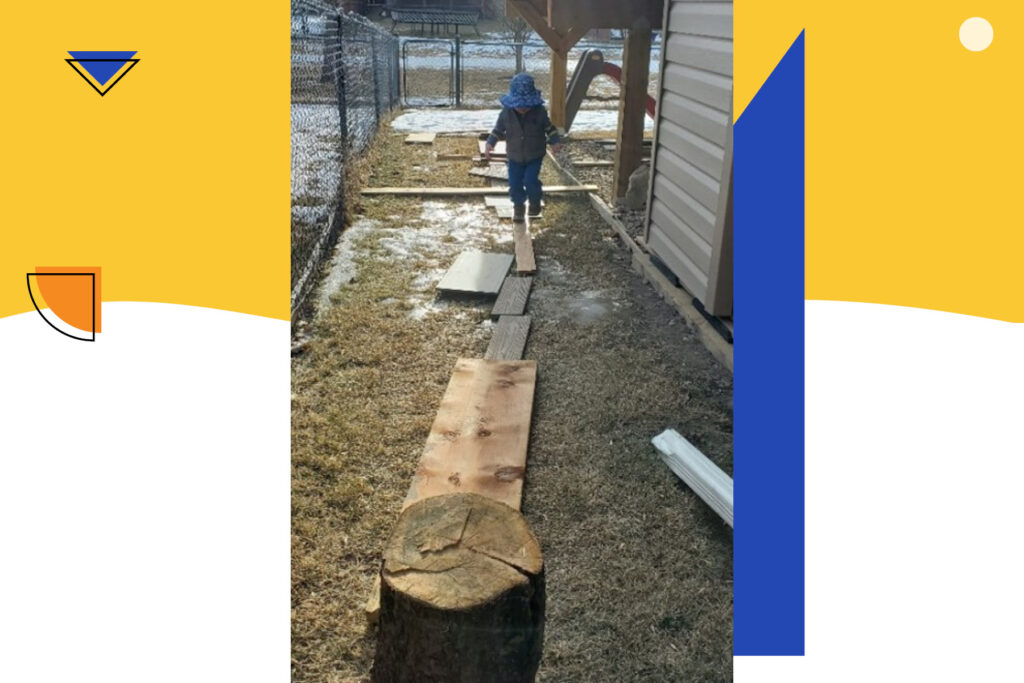
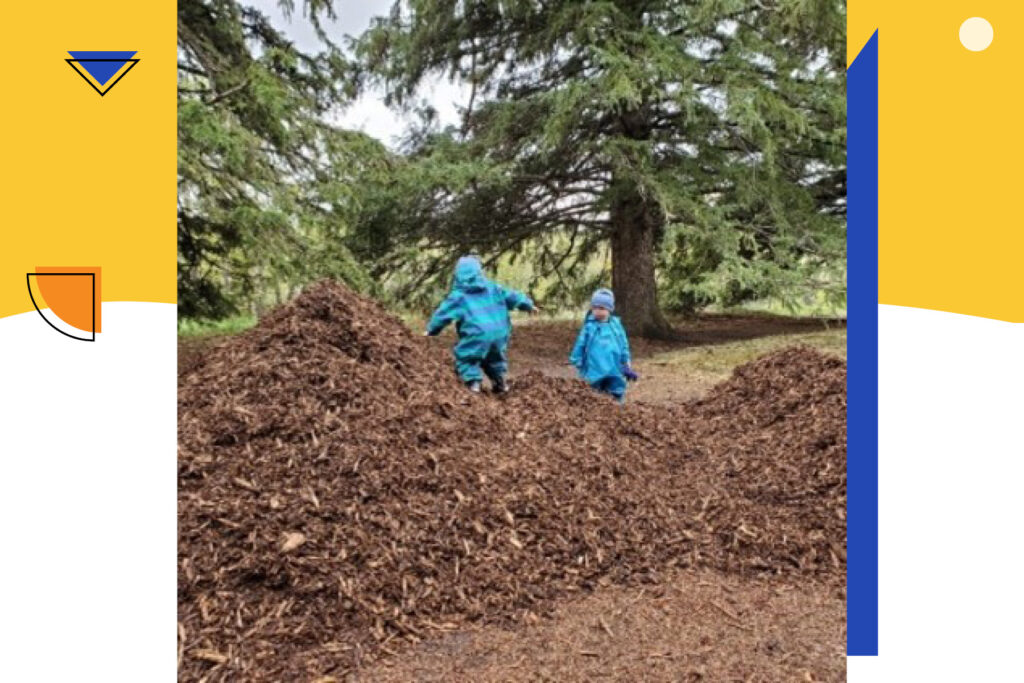
Compiled by: Johanna Guinard, Renfrew Physiotherapist
References:
https://caringforkids.cps.ca/handouts/healthy-living/physical_activity
Losquardro Liddle, T. (2018). Why Gross Motor Skills Matter; Improve your Child’s Physical Development to Enhance Learning and Self-Esteem. Koehlerbooks.

